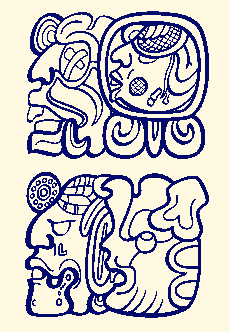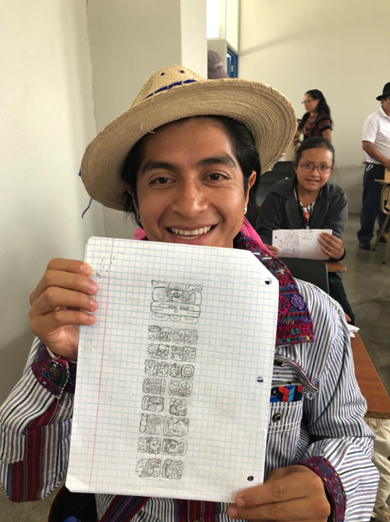
1 Ak’b’al 16 K’ank’in (1 de enero de 2023)
Renvado el Tiempo: Estudiantes Poqomam Inscriben el Calendario Maya en Palín, Guatemala.
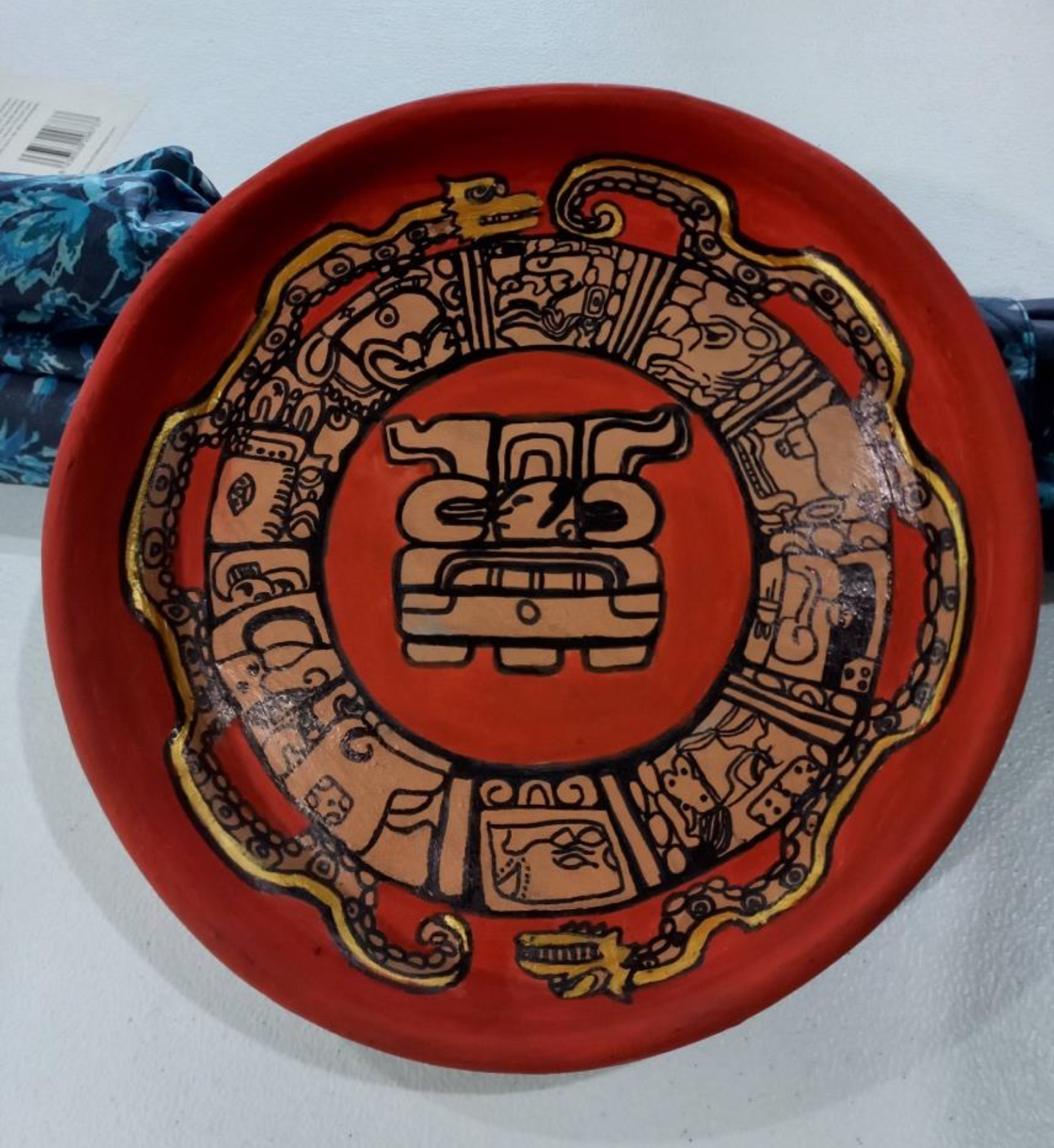
Una hermosa inscripción de la Serie Inicial de una alumna del taller de Palín.
A medida que este año gregoriano llega a su fin y comienza otro, recordamos todo el trabajo que hemos realizado el año pasado, reanudando nuestros talleres presenciales, y pensamos en el próximo año cuando esperamos patrocinar el próximo Congreso. Serán cinco largos años desde el último Congreso en Huehuetenango en 2018, desde que la pandemia intervino en el cronograma anterior de realizar Congresos cada dos años. Será un año emocionante por venir, y los mantendremos informados a medida que escuchemos más de nuestros colegas mayas sobre dónde y cuándo se llevará a cabo el próximo Congreso.
Este mes escuchamos a Waykan Benito quien, junto con Tojin Benito, trabajaron con un gran grupo de 79 estudiantes poqomam del Centro Educacional Bilingüe Qawinaqel el pasado agosto en Palín, Escuintla, Guatemala. Los estudiantes aprendieron a inscribir cerámicas con sus fechas de nacimiento utilizando los calendarios Maya Long Count, Haab y Tzolk’in.
¡De parte de todos nosotros en MAM, les deseamos a todos un muy Feliz Año Nuevo!
Tiyoox tii,
Michael Grofe, Presidente
MAM
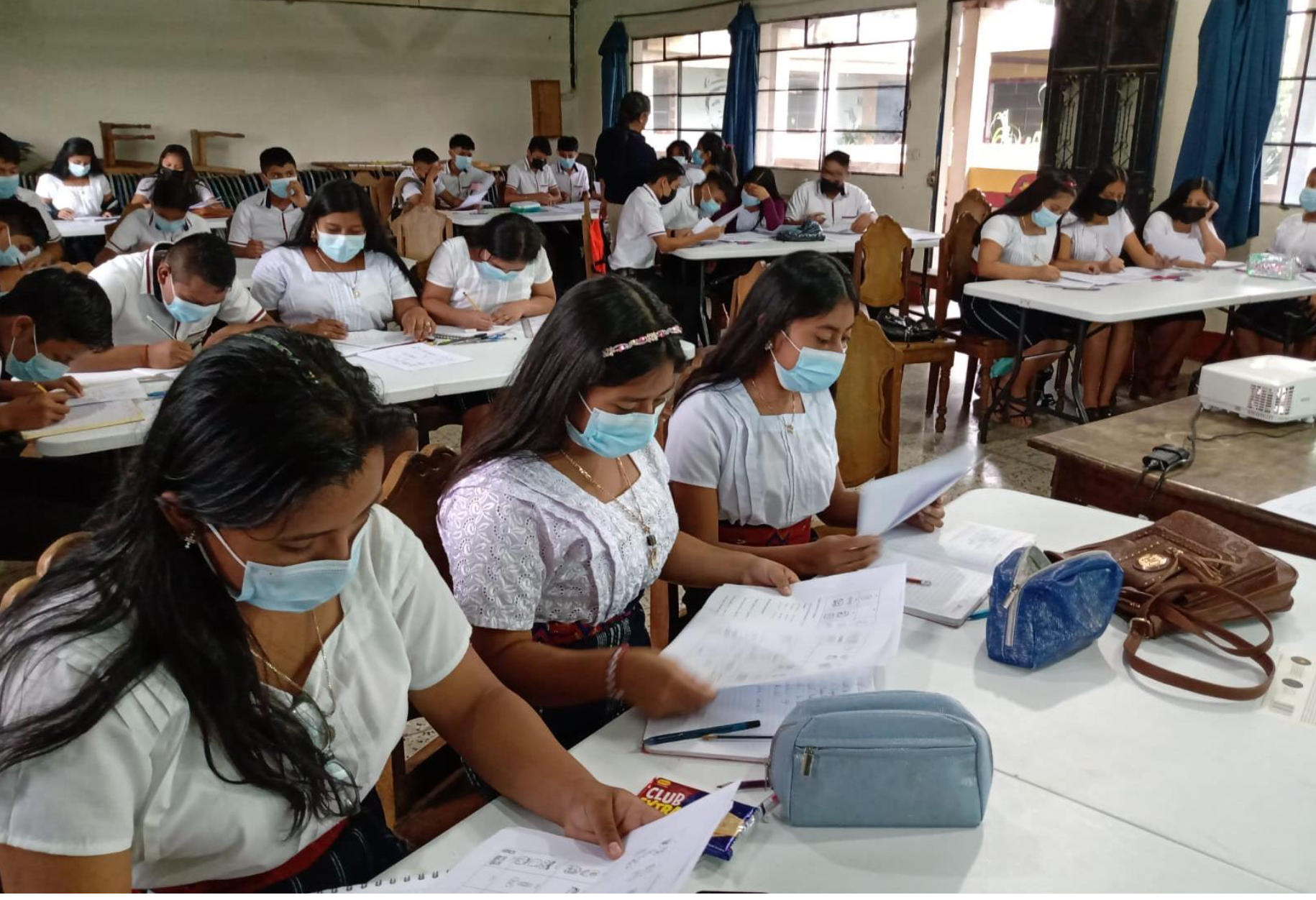
Waykan presentando contenidos al grupo.
Curso Principiante de Epigrafía Maya
Centro Educacional Bilingüe Qawinaqel
Palín, Escuintla
Informe de Taller
Por este medio envío, en nombre de todos los participantes, los agradecimientos a MAM por la ayuda proporcionada para la realización del Taller de Epigrafía con estudiantes del Centro Educacional Bilingüe Qawinaqel de Palín, Escuintla. En esta oportunidad también se contó con el apoyo de la Comunidad Lingüística Poqomam y de la Asociación Cultural Poqomam Qawinaqel, ambas instituciones con sede en Palín.
El grupo de estudiantes estuvo compuesto por 79 jóvenes de tercero básico en sus dos secciones A y B. Se dividió este número de estudiantes en dos grupos, uno de 38 y otro de 41 estudiantes, el criterio utilizado fue el uso del idioma maya como lengua materna de tal manera que el primer grupo estuvo compuesto por estudiantes que tienen como lengua materna el idioma maya y el segundo grupo estuvo conformado por estudiantes que tienen como lengua materna el español. Se trabajó con cada grupo la cantidad de 16 horas en total, estas estuvieron divididas en 4 días en las dos últimas semanas del mes de agosto. Ya no fue posible trabajar los días domingo como se tenía previsto debido a que no se permitió la reunión de los estudiantes fuera del tiempo en que reciben sus clases en la institución.
La actividad en general contó también con la colaboración de la Comunidad Lingüística Poqomam de la Academia de Lenguas Mayas de Guatemala quienes prestaron equipo para la proyección (cañonera y pantalla) y audio (micrófono y bocinas) para un grupo, la Asociación Poqomam Qawinaqel proporcionó los dos espacios de trabajo utilizados, el horario de clases con los grados del nivel básico, así como equipo de proyección y de audio para el otro grupo.
Durante las clases se abarcaron los siguientes contenidos:
1. Contexto histórico: se inició el curso con información general sobre el territorio y los períodos de estudio de la civilización maya. Se mostró el mapa de Mesoamérica con las locaciones de las ciudades antiguas según el período (Preclásico, clásico y postclásico), se hicieron notar las diferencias en la arquitectura y en la escritura en algunos monumentos.
2. El sistema de escritura: se presentó información sobre los inicios del sistema de escritura, se realizaron ejercicios para hacer notar la relación entre la iconografía y algunos símbolos utilizados en el sistema en textos tempranos (como la placa de jade de Dumbarton Oaks). Posteriormente se dio a conocer la simbología del sistema, logogramas y sílabas, sus reglas de uso y las posibles combinaciones que se pueden utilizar al escribir. Se presentó el silabario y se hicieron ejercicios para su utilización escribiendo varias palabras en Poqom.
3. Las partes de un texto escrito con glifos: se dio a conocer la estructura de los textos formales utilizando el glifo introductorio de serie inicial (GISI) con su glifo correspondiente a la fecha del haab’, la cuenta larga, el calendario sagrado y el calendario solar. Se presentó cada uno de los tres calendarios principales mencionados con su correspondiente explicación, luego se realizaron ejercicios de identificación de fechas antiguas con textos específicos y se inició con la elaboración de un texto personal tomando en cuenta una fecha elegida por cada estudiante.
4. El evento, el sujeto y el lugar: como parte final del contenido se presentó el resto de la estructura de un texto formal, en esta parte se explicó que después de la fecha se presenta el evento que se pretende informar así como los participantes y el lugar en el cual se realiza. Se explicó la forma de agregar el verbo que menciona el evento realizado en la fecha elegida, luego la inclusión del sujeto. En esta última parte hubo algunos inconvenientes al escribir el nombre de algunos participantes ya que la fonología de sus nombres en español no se adaptaba a la fonología del sistema maya, en varios casos se hicieron las adaptaciones de sonidos correspondientes y algunos optaron por la forma en Poqom cuando ésta fue posible de encontrar. La parte final del texto formal fue la utilización del glifo emblema, para ello se utilizó el GE que se elaboró en el taller pasado con los estudiantes de Qawinaqel.
5. Como trabajo final, cada participante completó su texto en papel, de acuerdo a la fecha que había seleccionado y lo presentó para su revisión y corrección. Posteriormente, se trasladó el texto a la superficie de la pieza de cerámica que se le había proporcionado, el avance del trabajo fue presentado en la última sesión y se le dieron los últimos toques (colores, relleno de espacios vacíos). Para finalizar el proceso se realizó una pequeña exposición del trabajo en general en uno de los salones de la Asociación Qawinaqel.
El proceso del taller se llevó a cabo de manera satisfactoria y exitosa ya que los participantes lograron apropiarse de los contenidos y al realizar sus trabajos de escritura demostraron su interés y sus propias habilidades artísticas. Nuevamente agradezco en nombre de todos por la colaboración y espero que en el futuro se pueda seguir fortaleciendo el trabajo en la enseñanza de la escritura maya antigua.
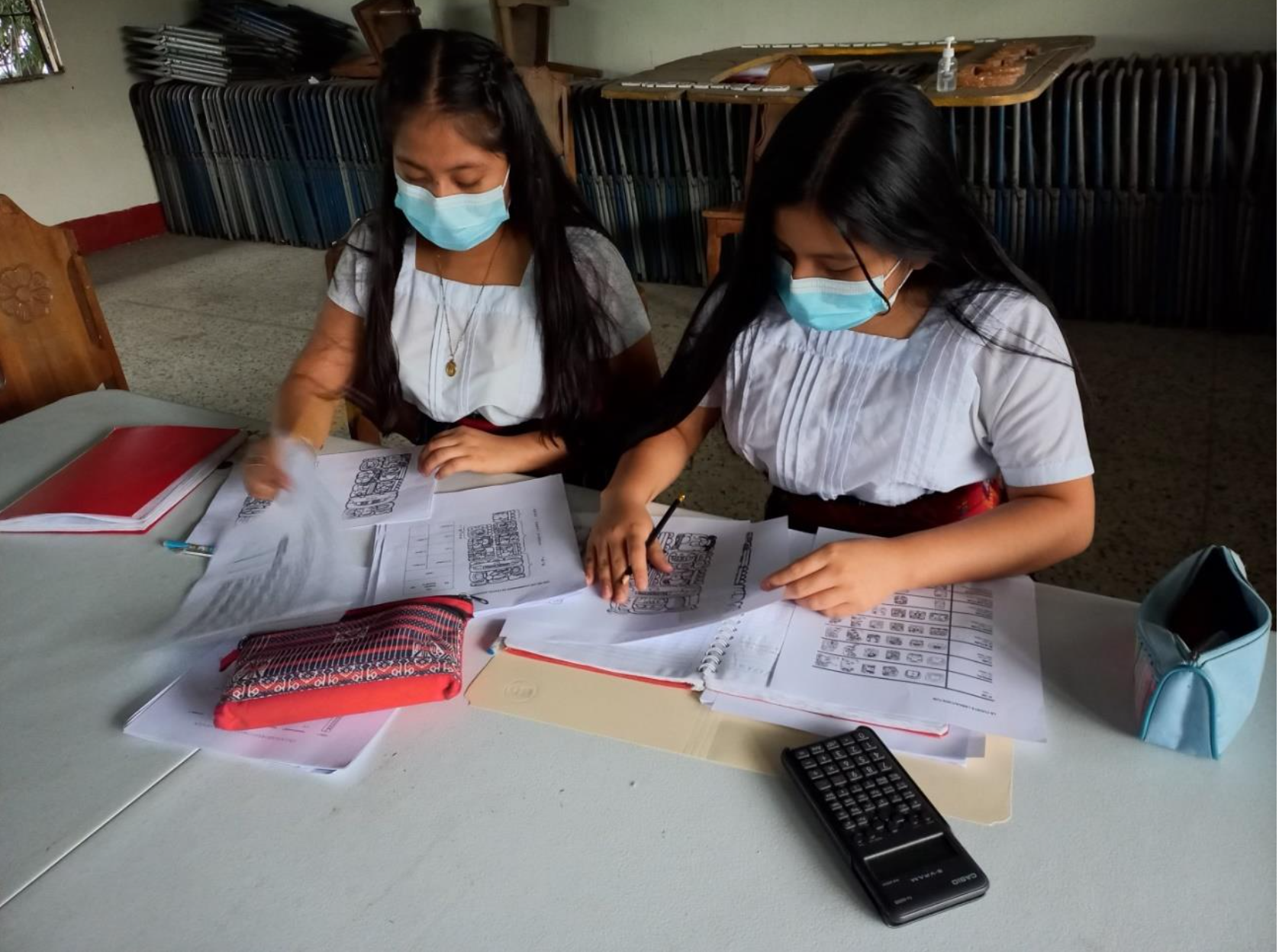
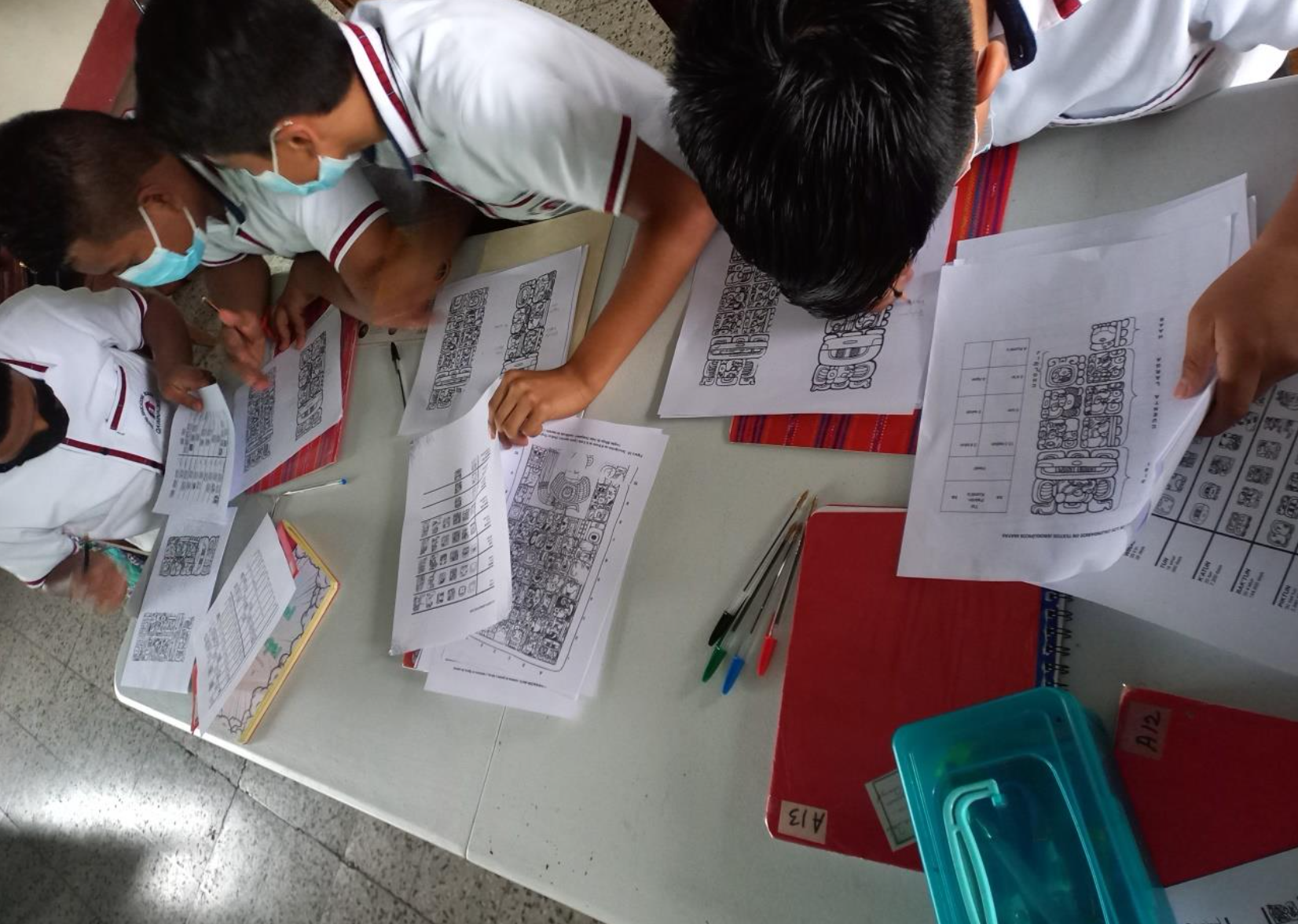
Grupos trabajando con los calendarios.
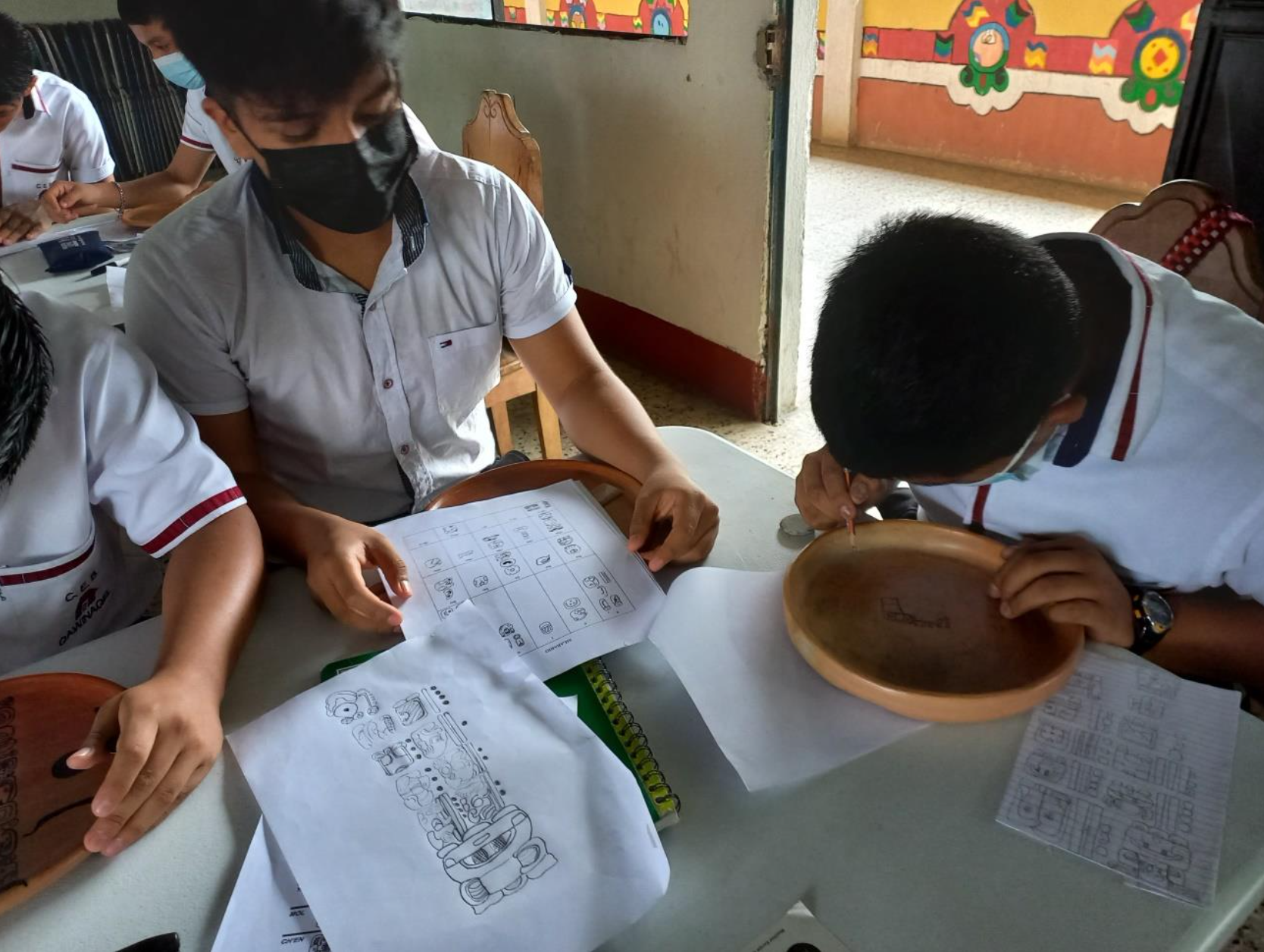

Texto en papel y traslado a la céramica.


Dando los toques finales al trabajo en cerámica.
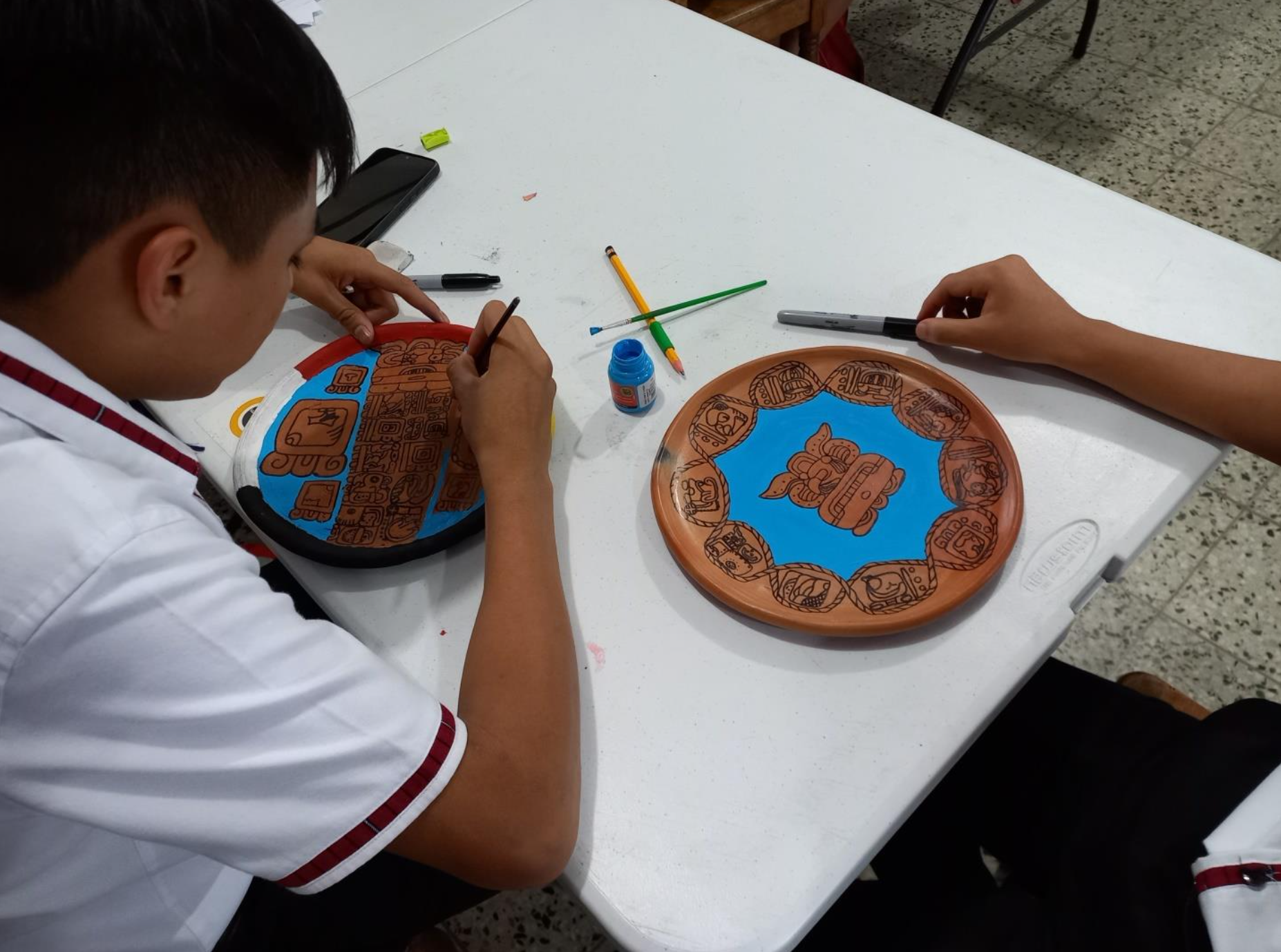
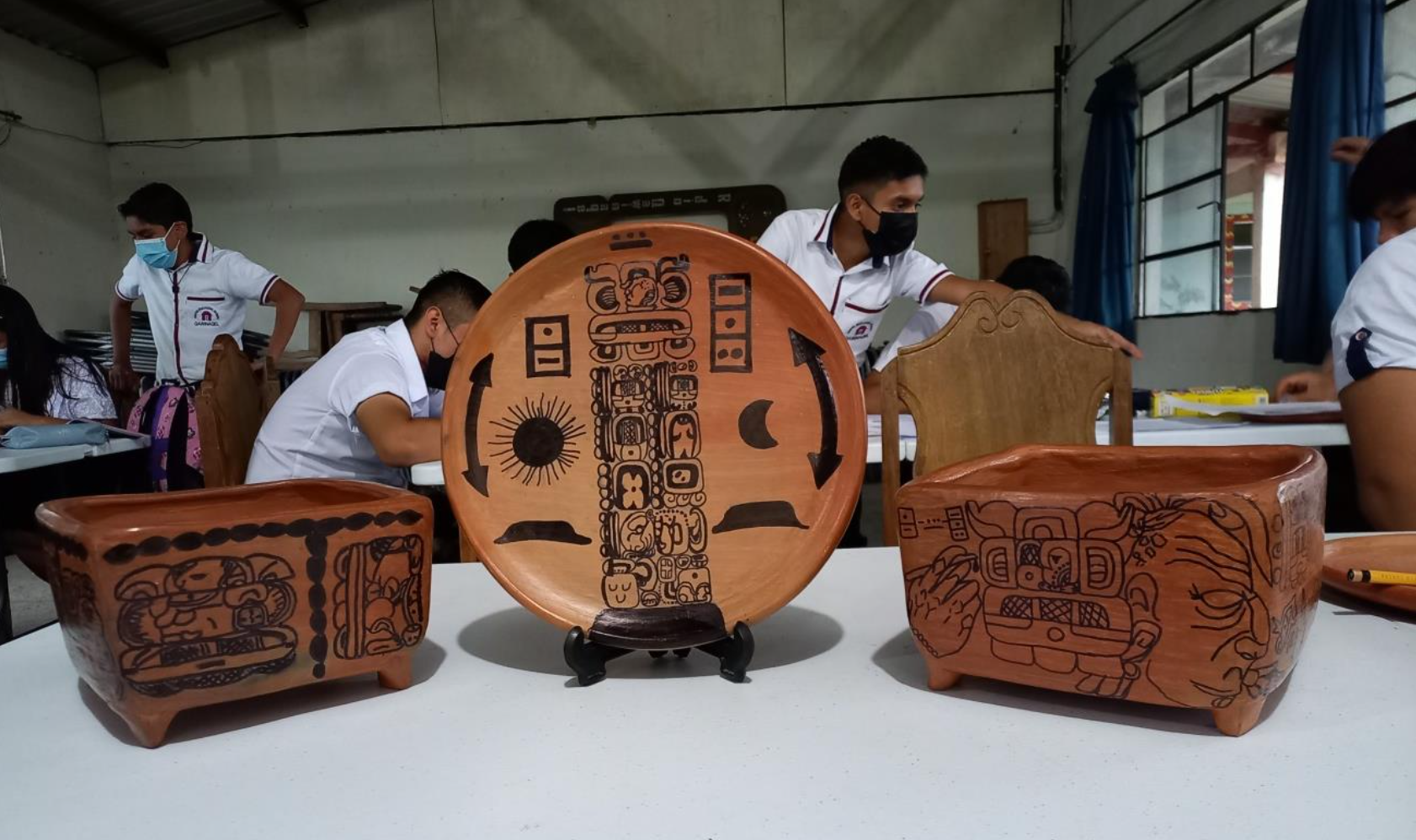
Algunos de los trabajos terminados de los estudiantes.

Los facilitadores del taller: Tajin Benito y Waykan Benito.
Professora Teresa Raguay clausurando el curso de Epigrafia 2022.

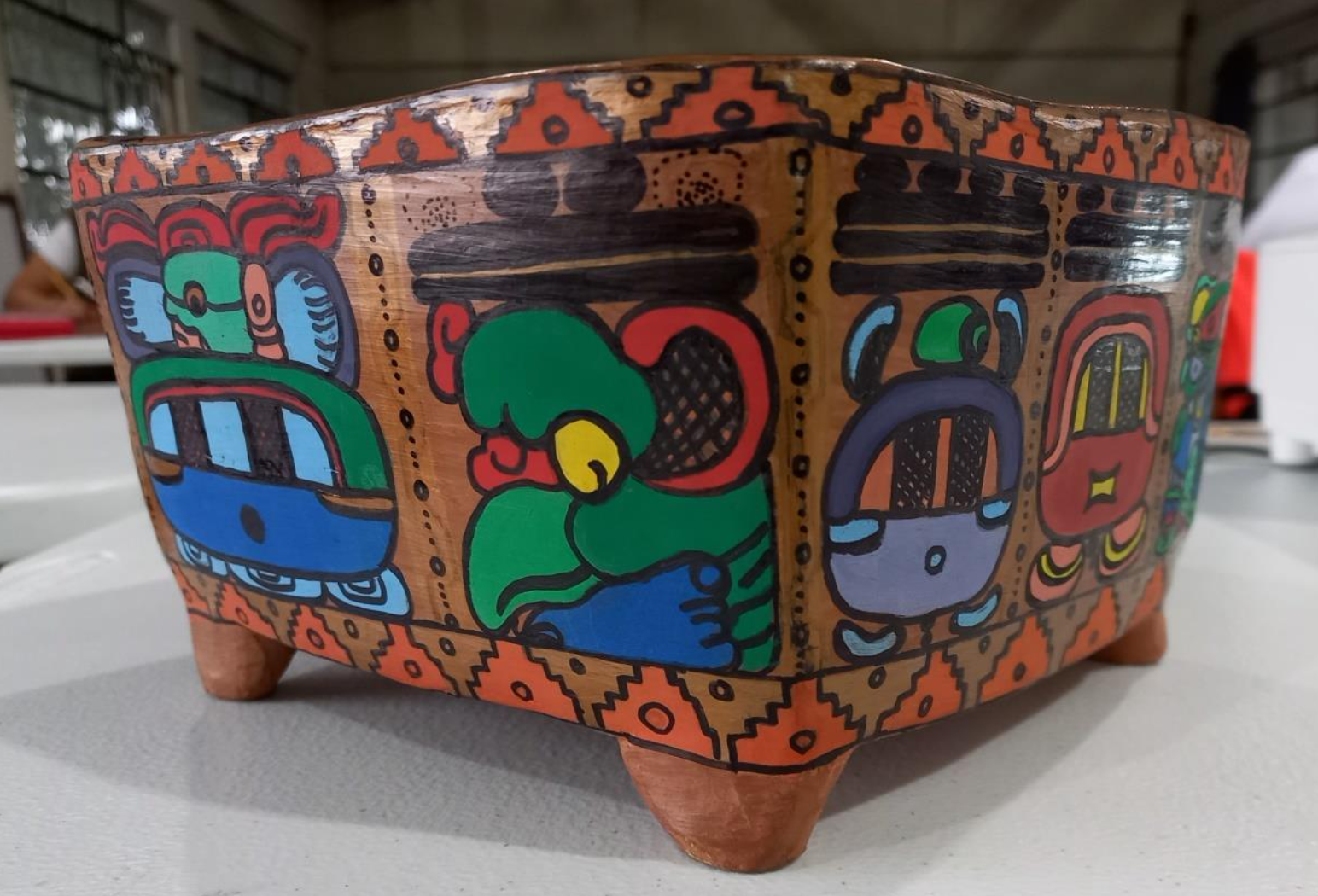
Trabajo terminado de Ix Mayleni (Marleny).
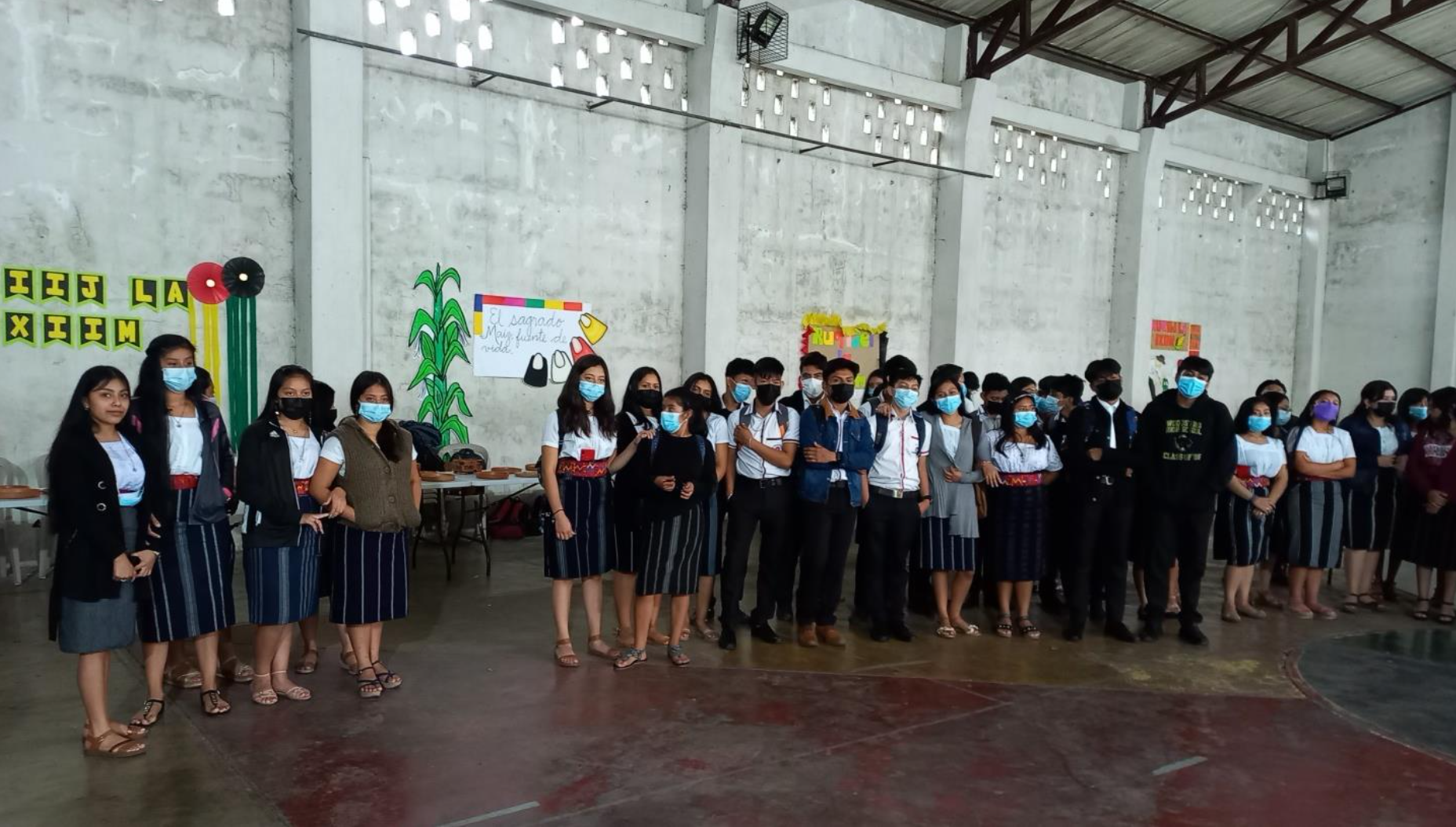
Los estudiantes del Centro Educativo Bilingüe Qawinaqel.
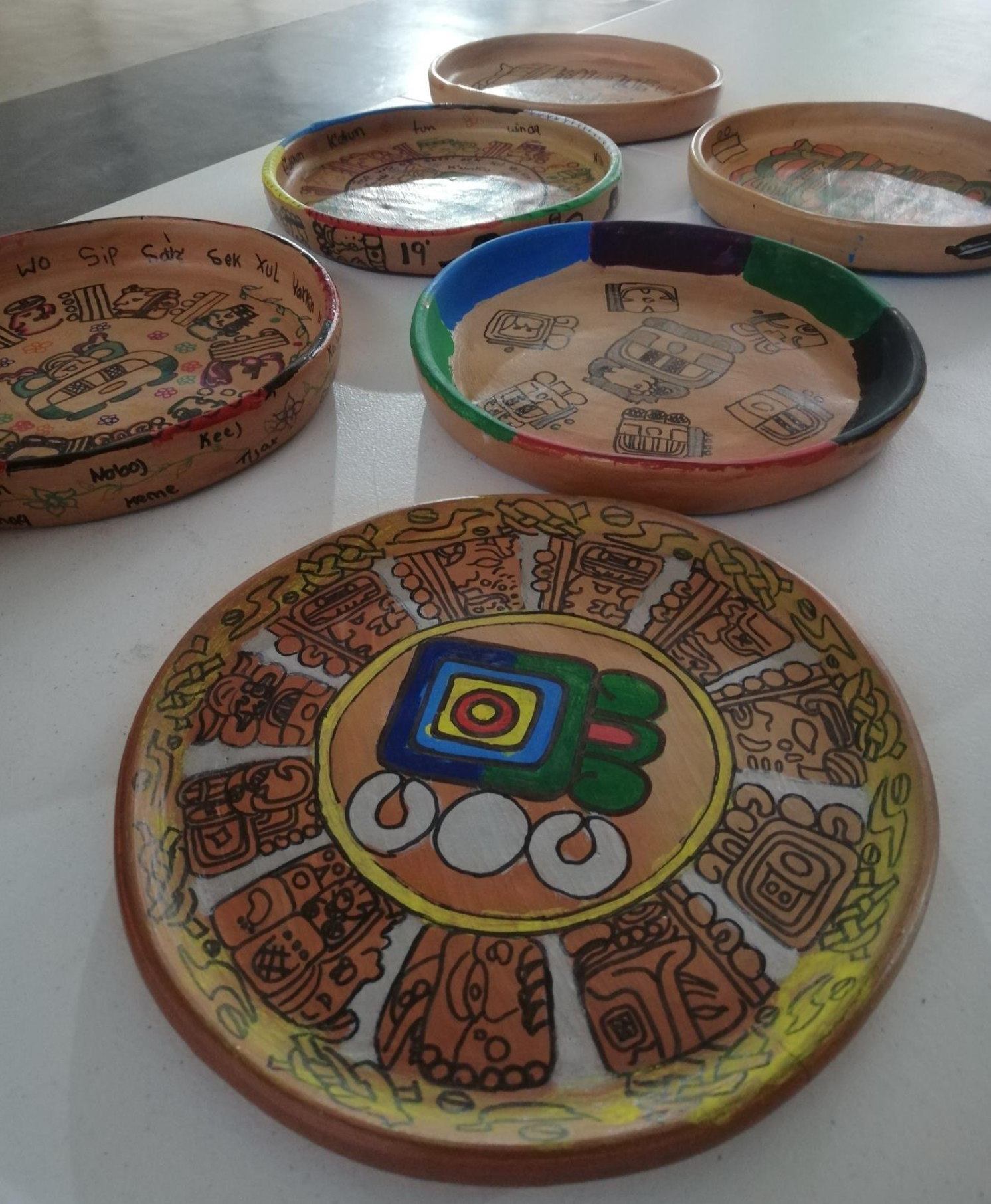
Exposición de trabajos terminados.


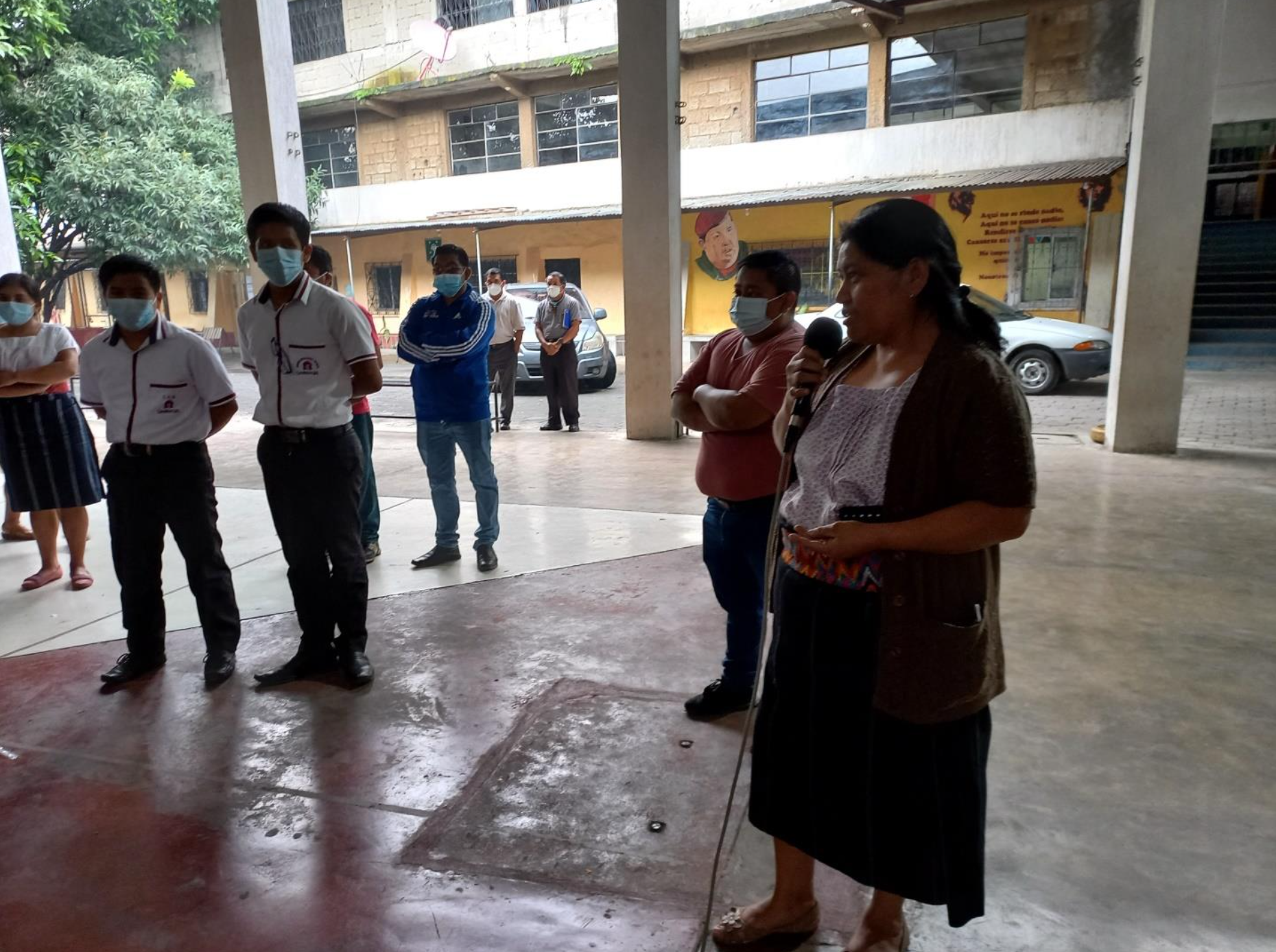

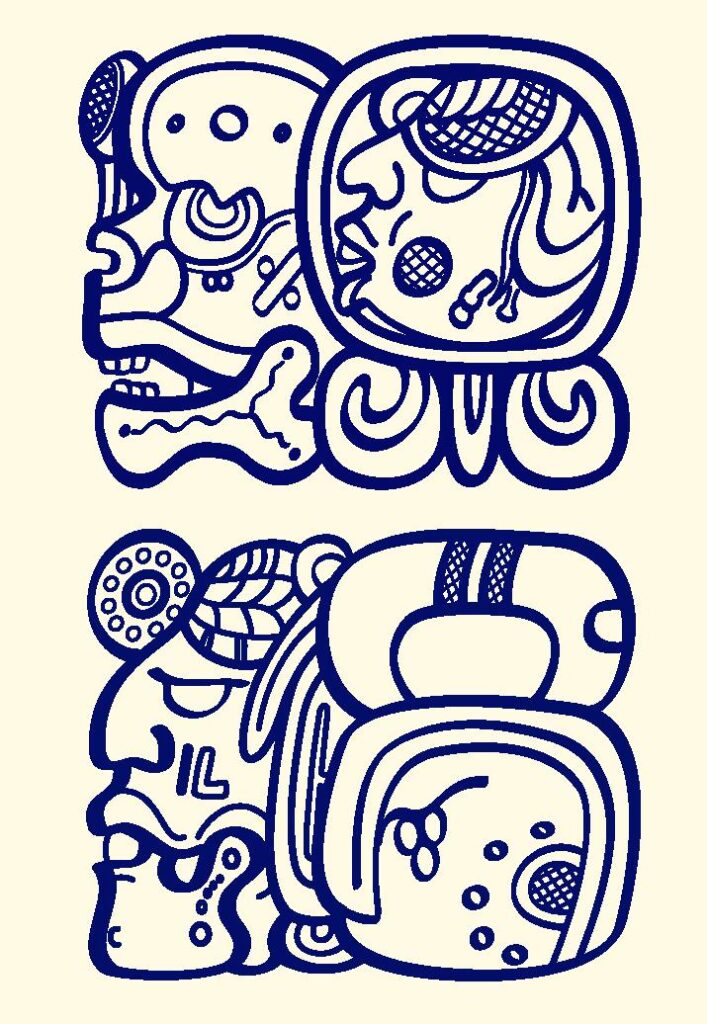
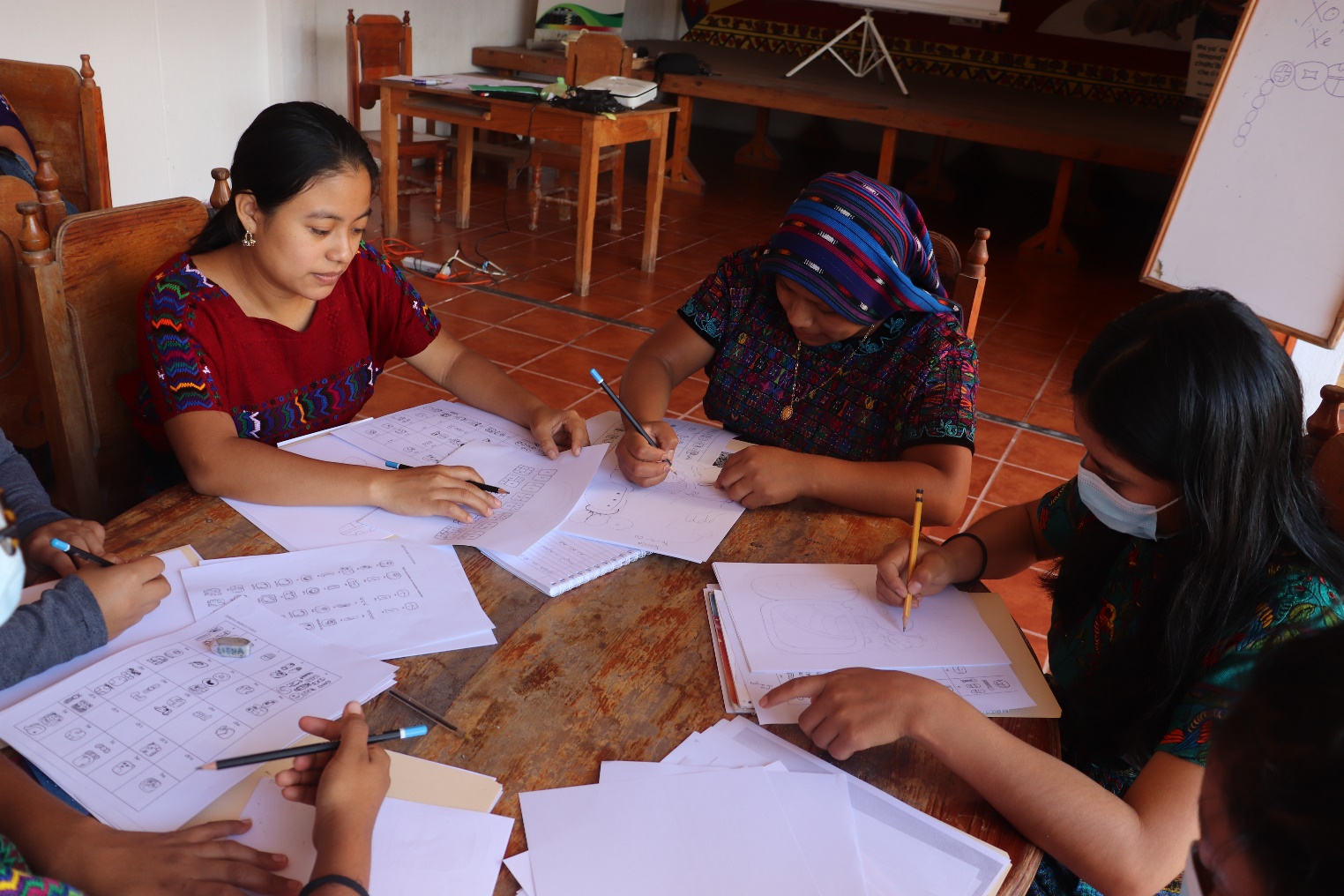
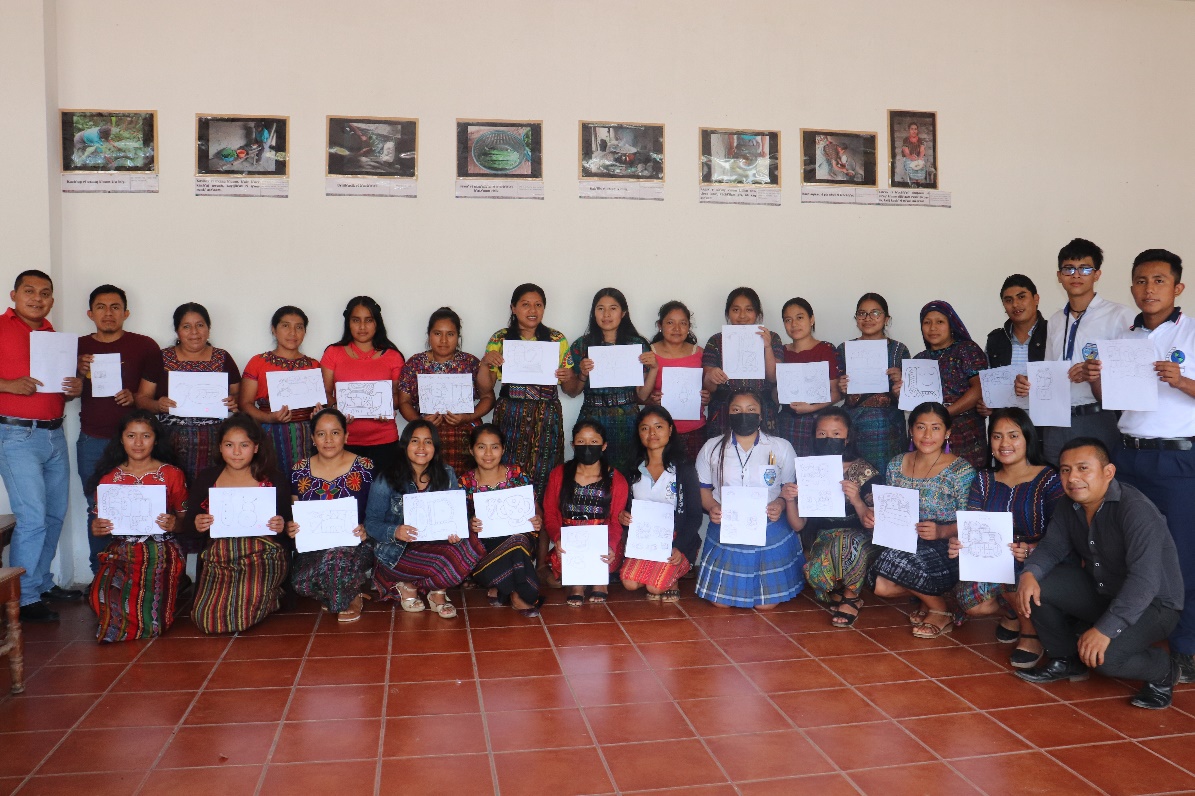


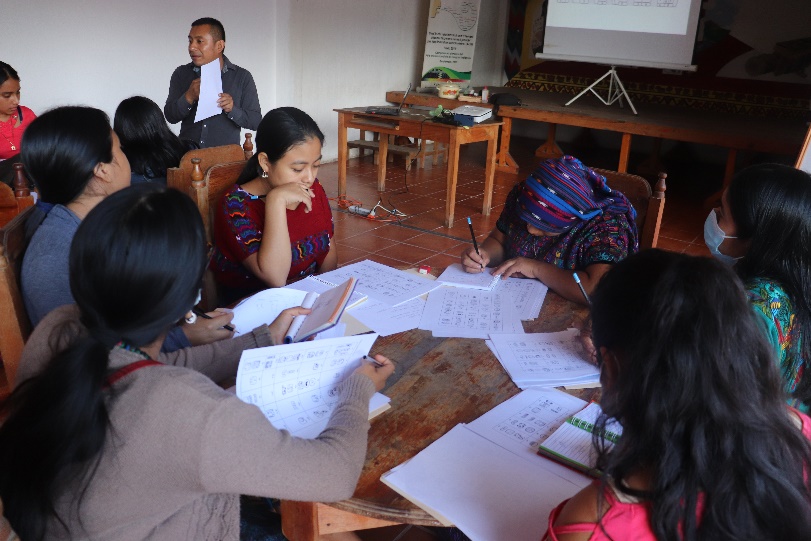

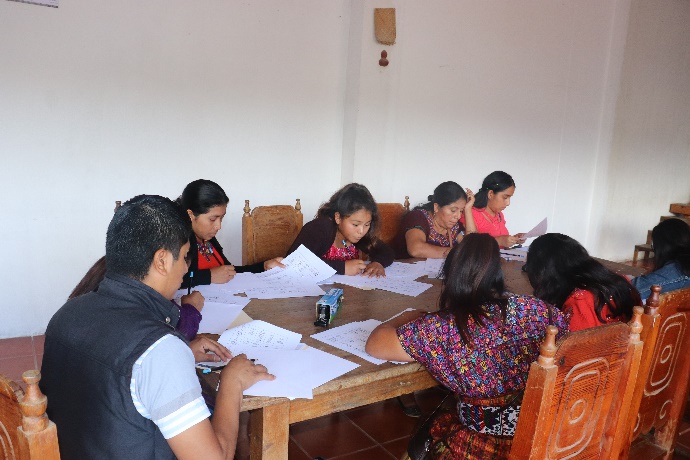
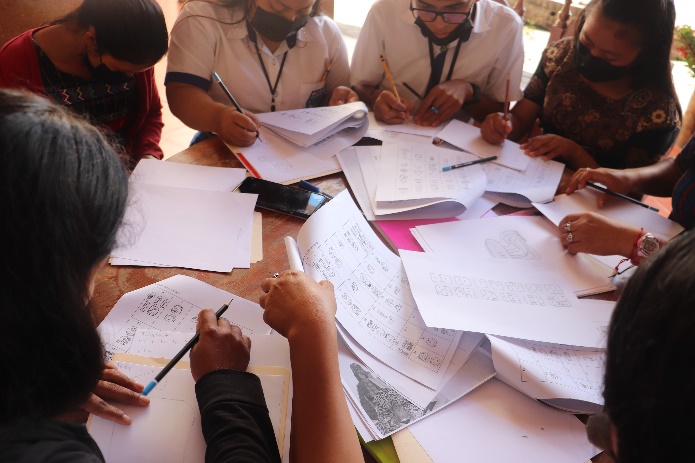
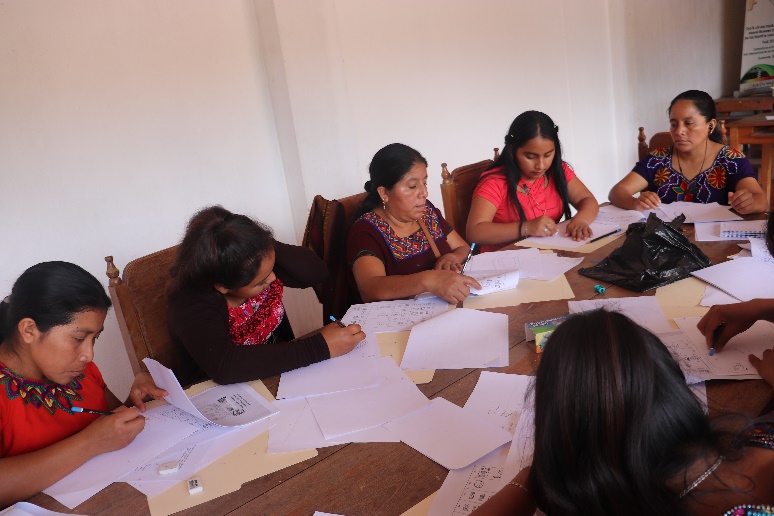
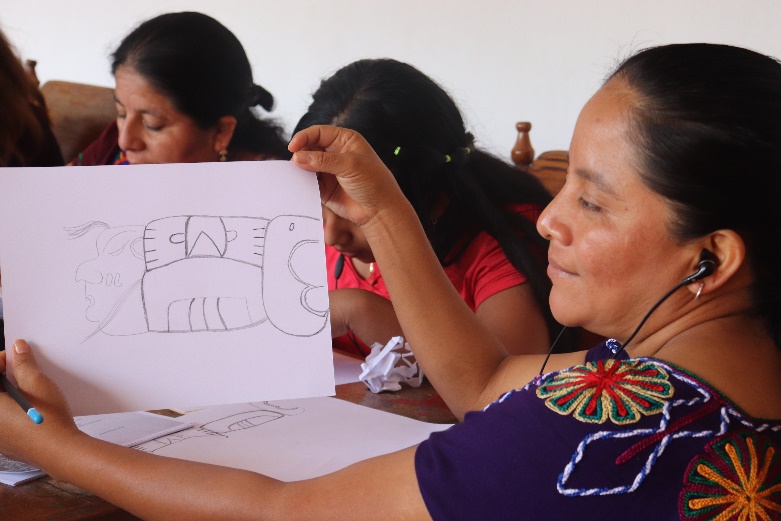
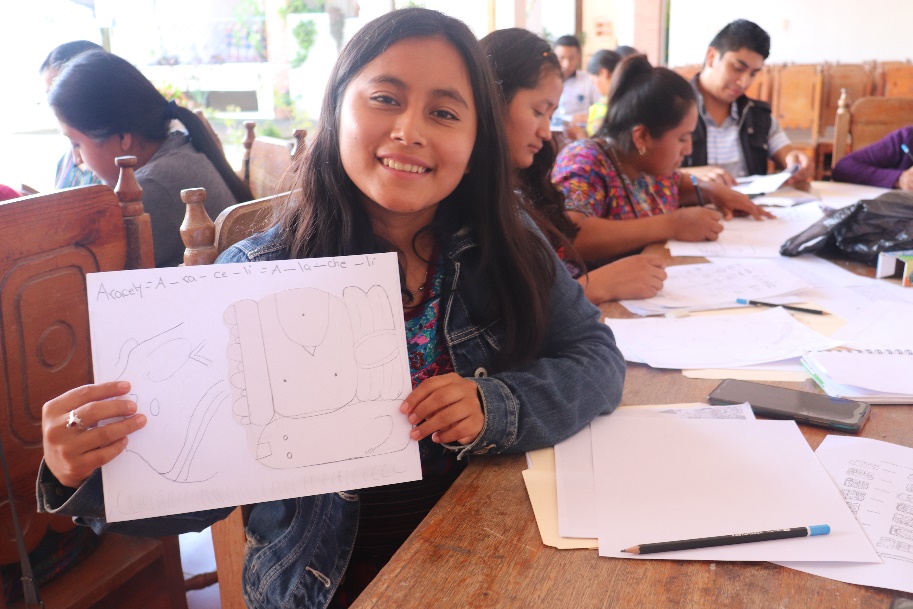


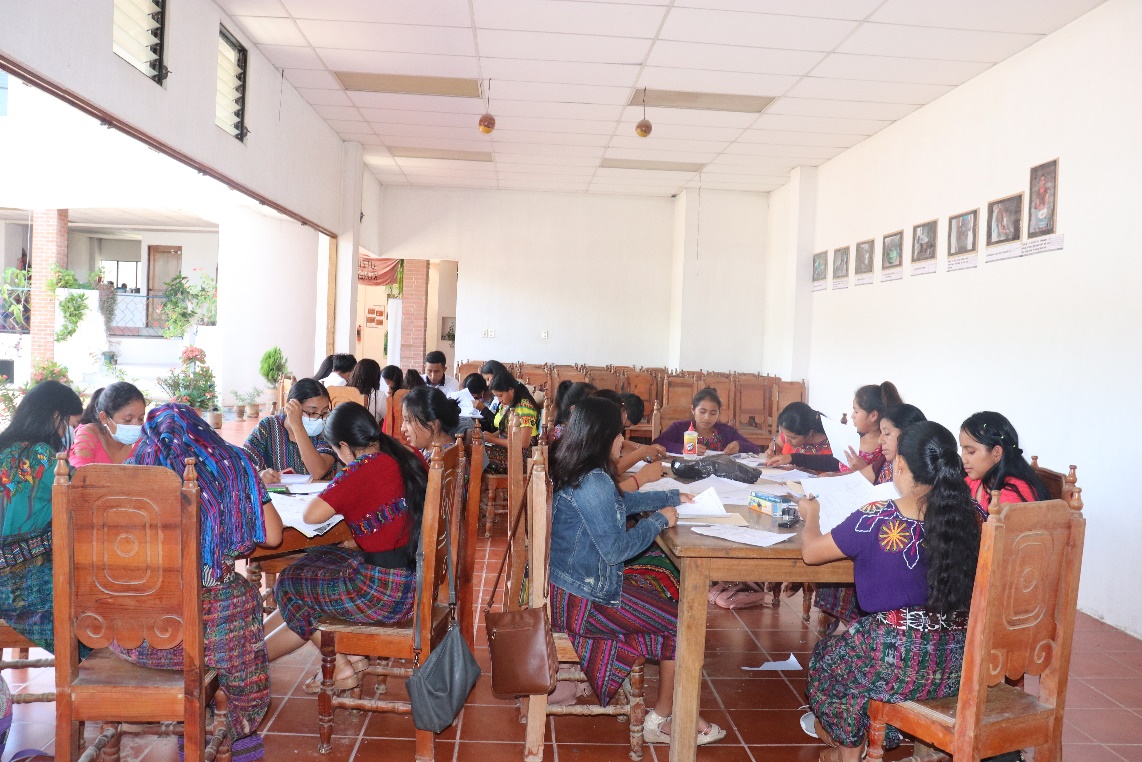
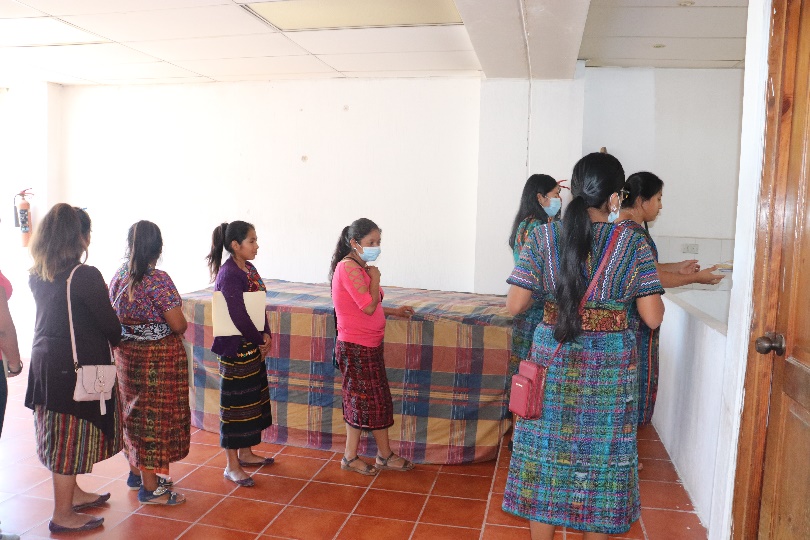
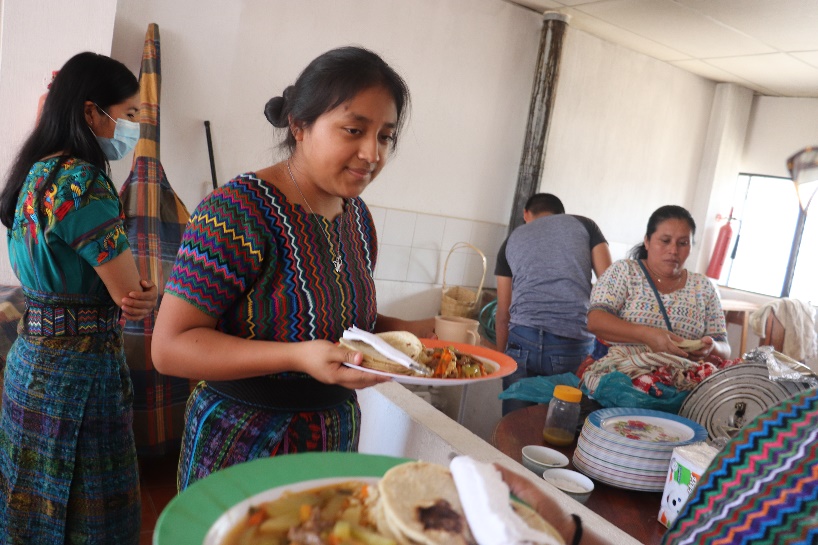


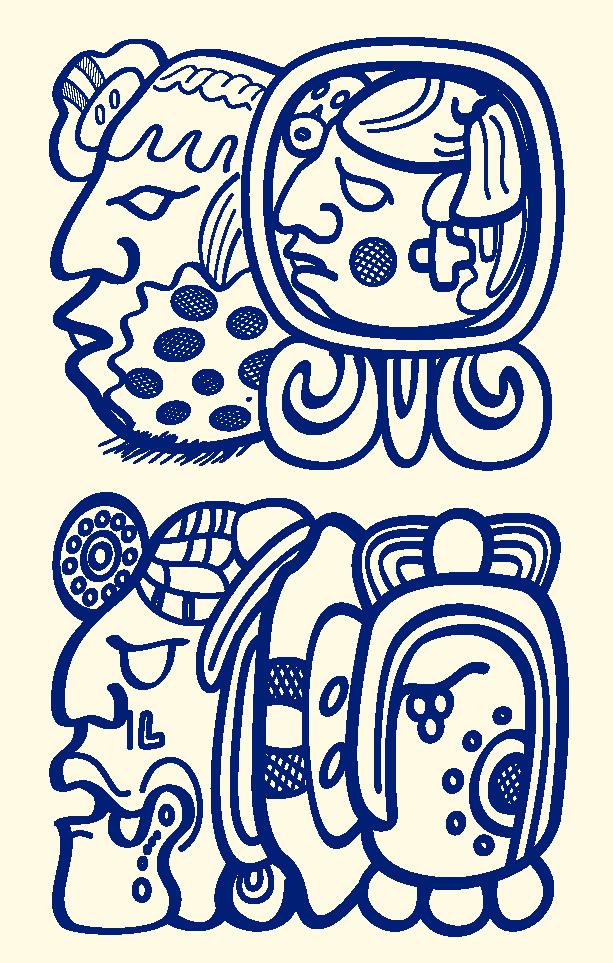
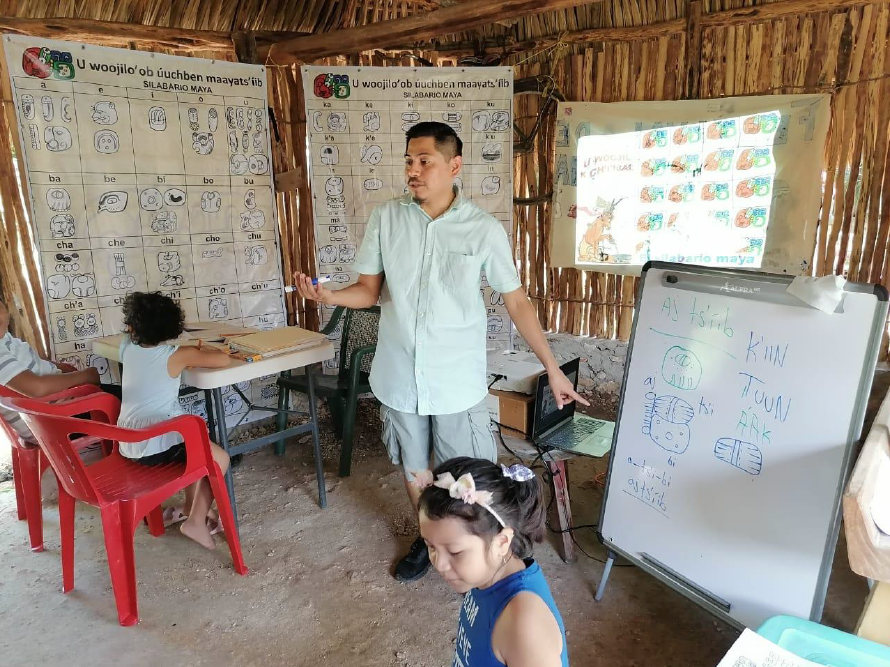 Gregorio Hau explains that an Ajts’íib is a scribe, a painter, or an artist in Chichimilá
Gregorio Hau explains that an Ajts’íib is a scribe, a painter, or an artist in Chichimilá
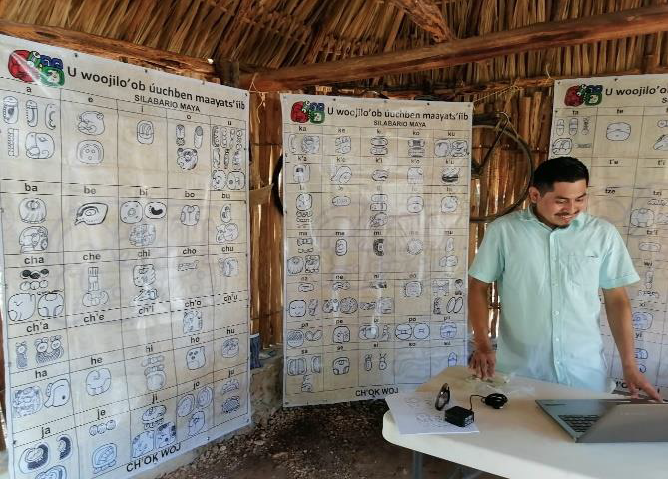
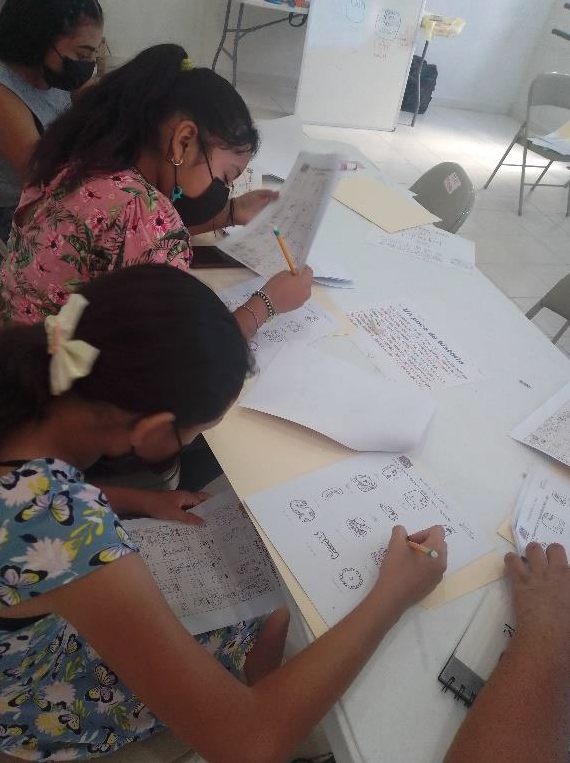

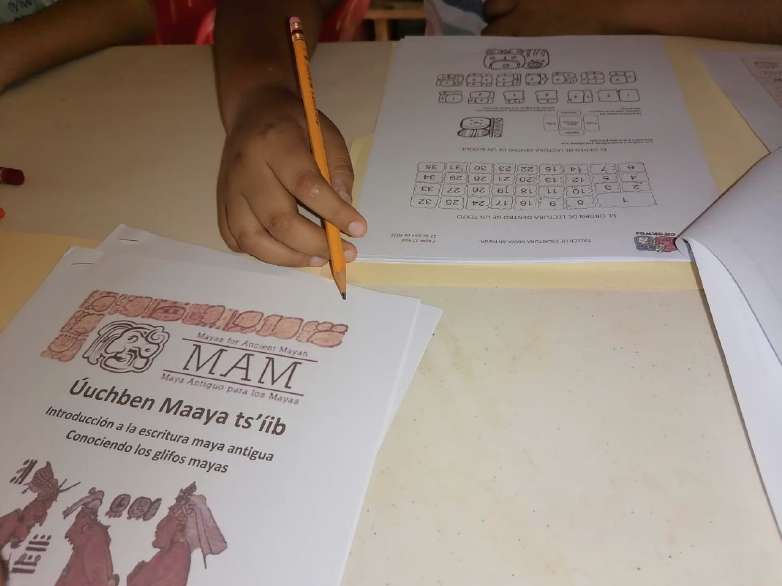

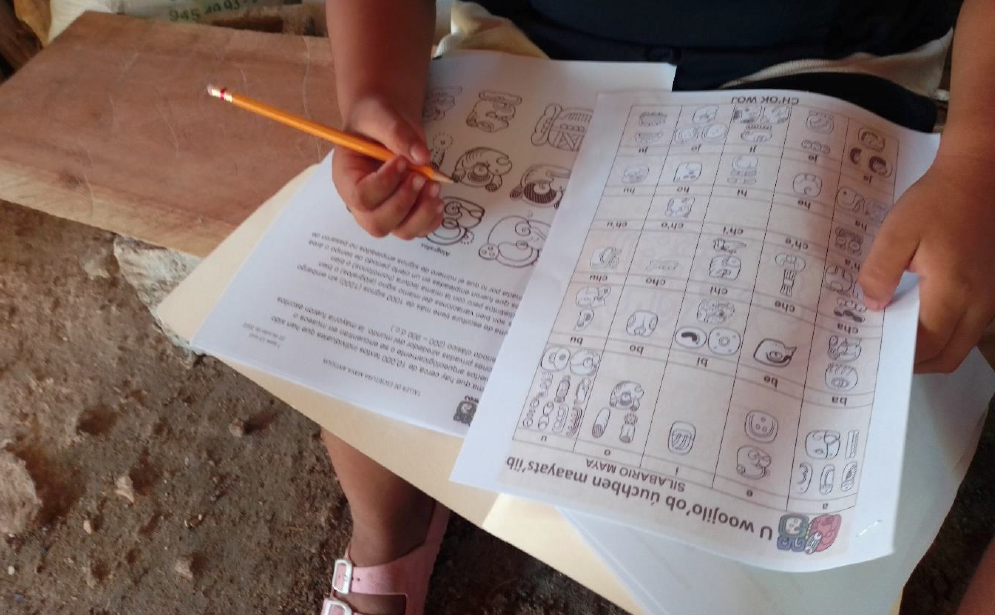
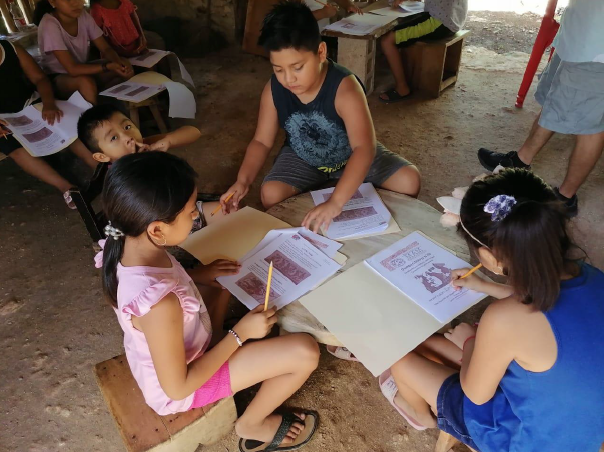
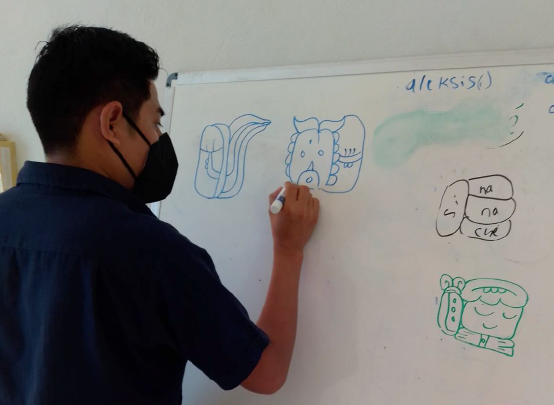




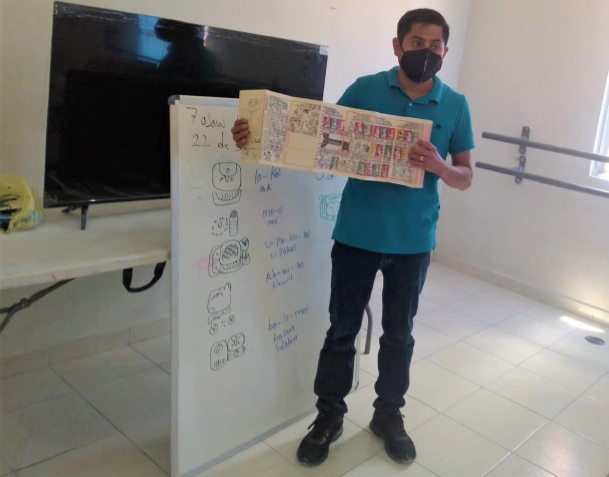 Gregorio demonstrating a copy of the Dresden Codex to the students in Sinanché
Gregorio demonstrating a copy of the Dresden Codex to the students in Sinanché
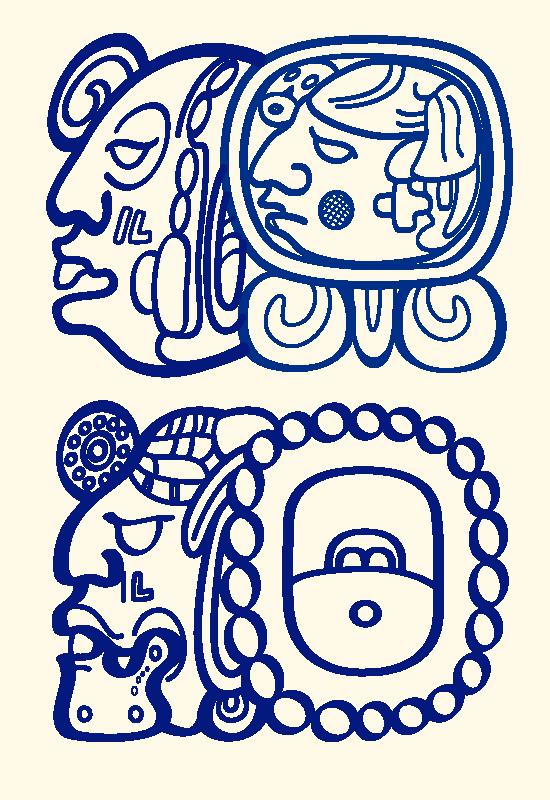
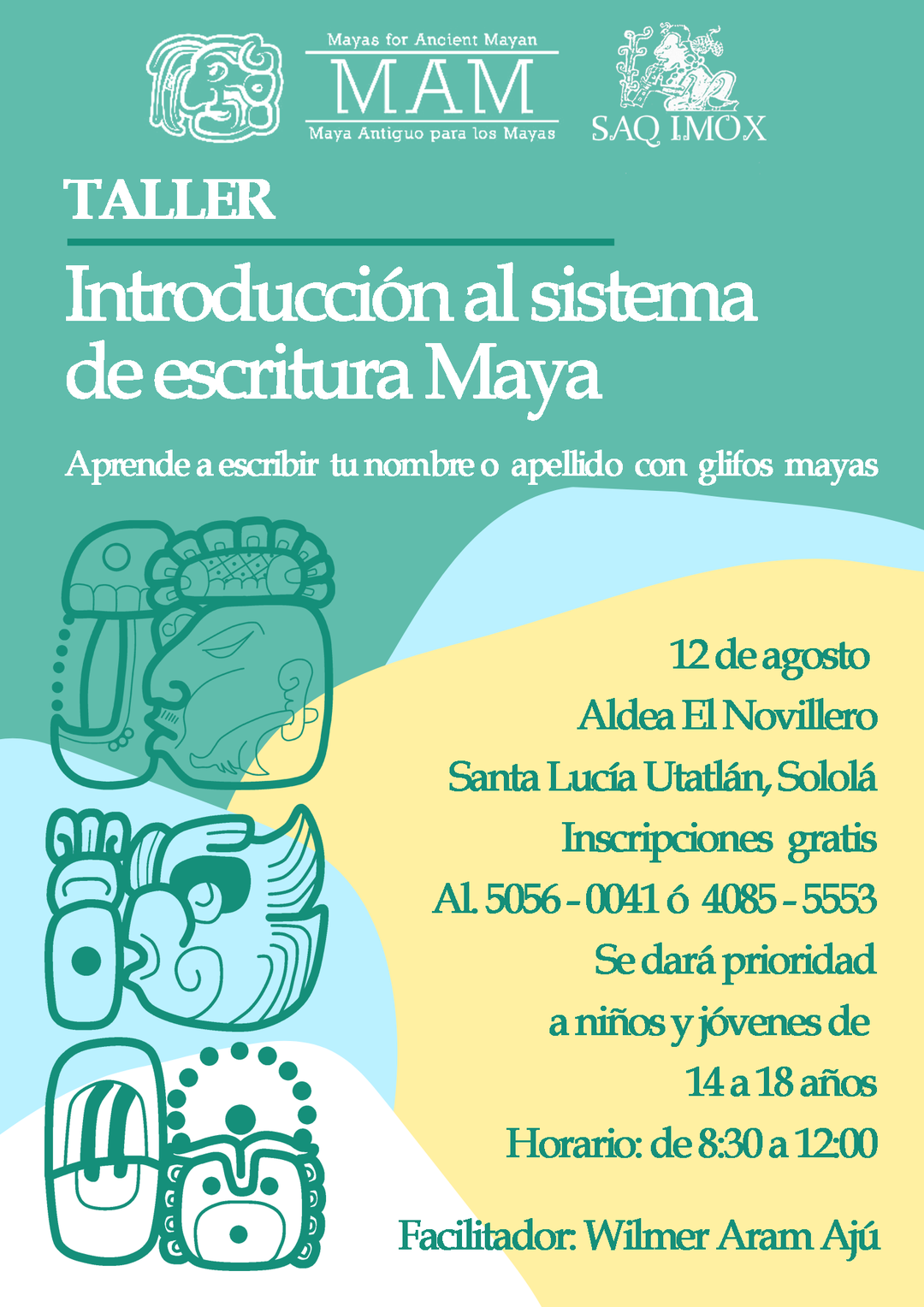

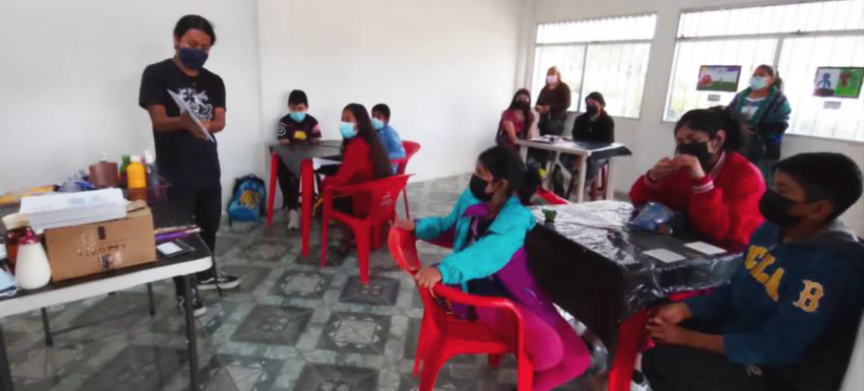
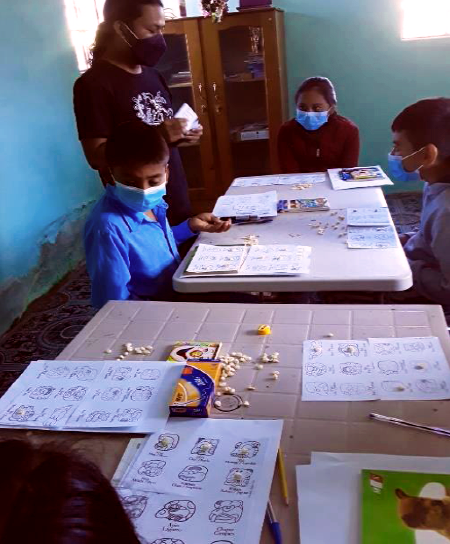

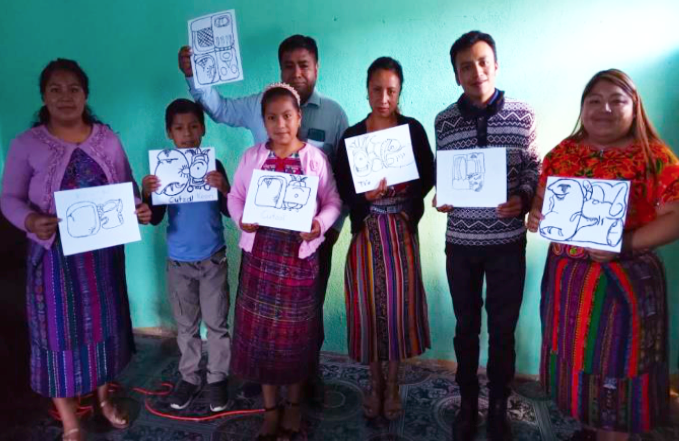

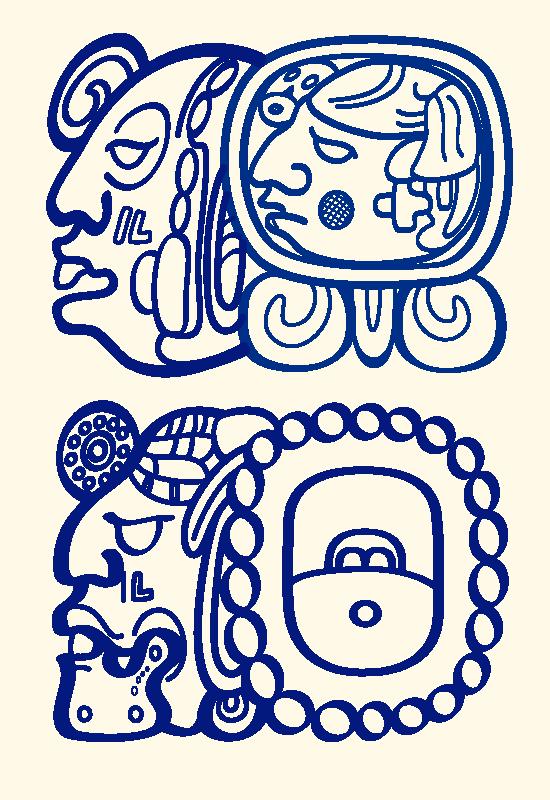
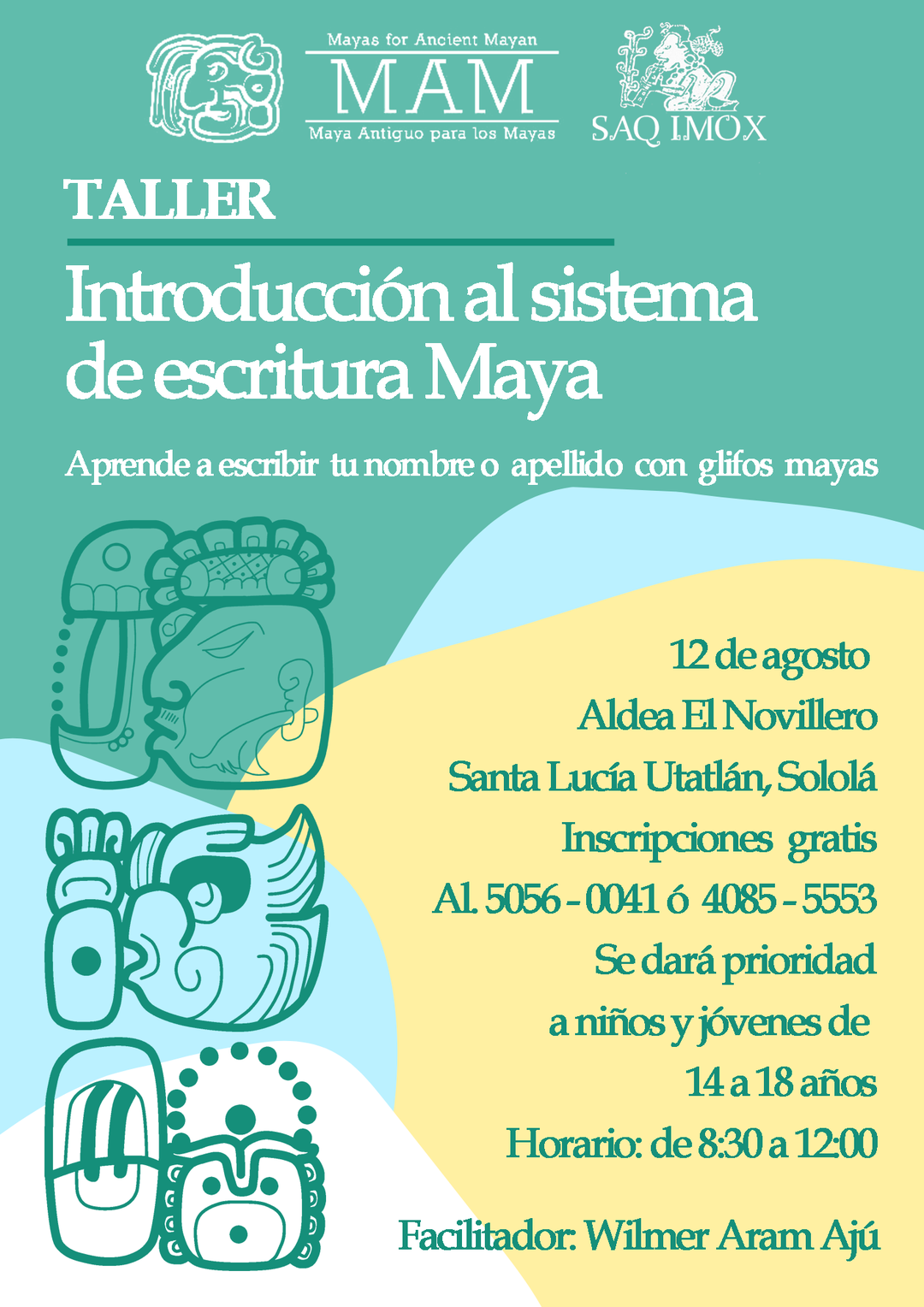
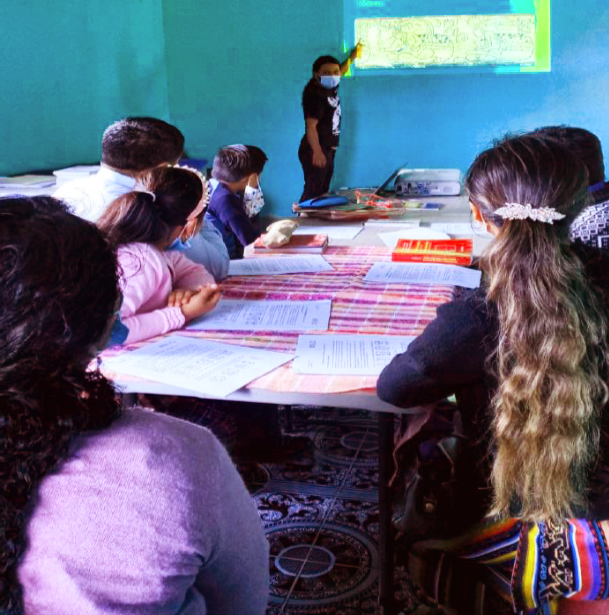
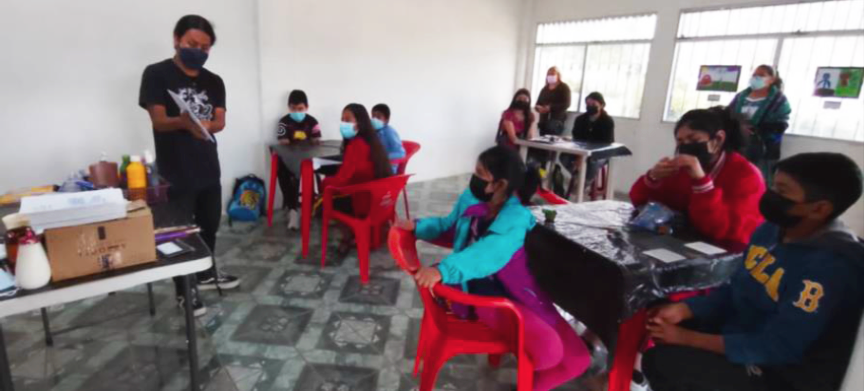
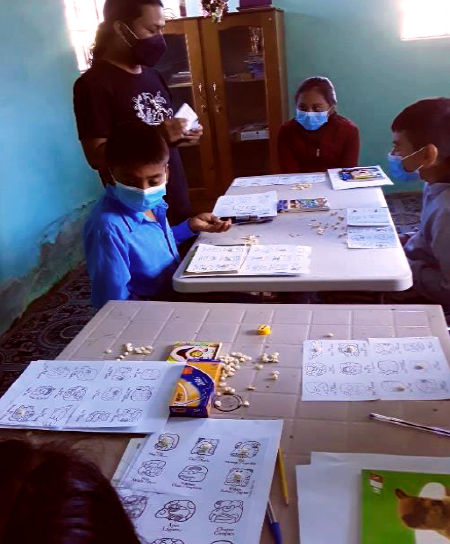
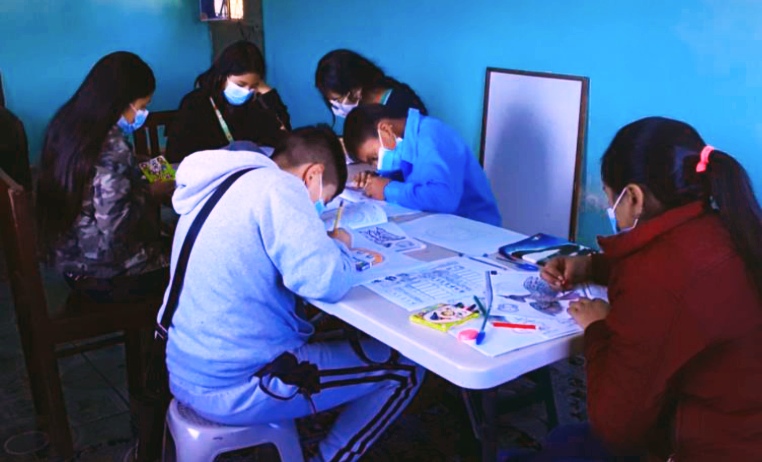
 Los estudiantes muestran su trabajo después de escribir sus nombres
Los estudiantes muestran su trabajo después de escribir sus nombres
